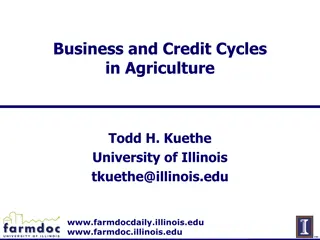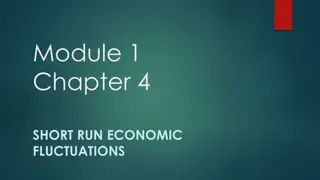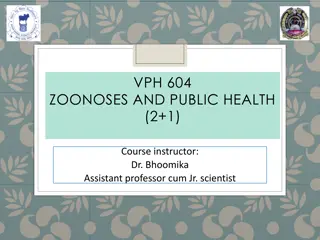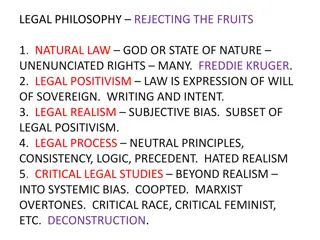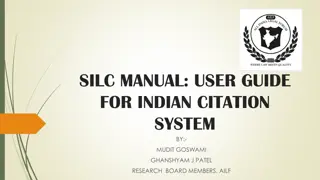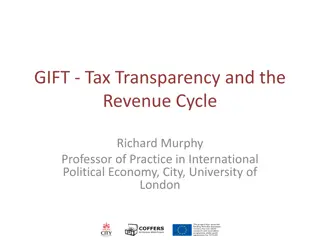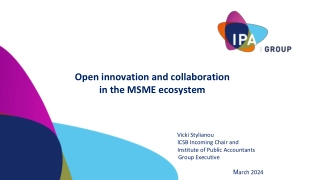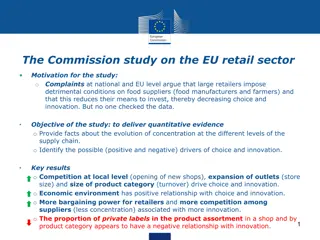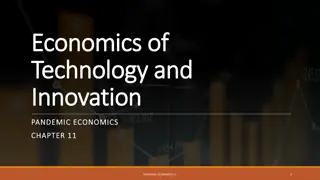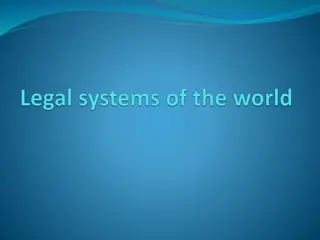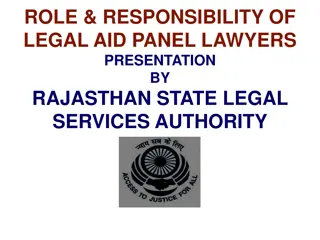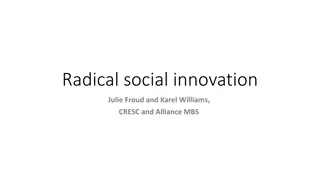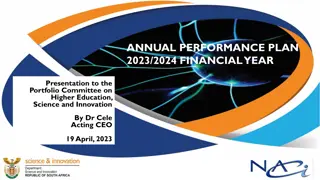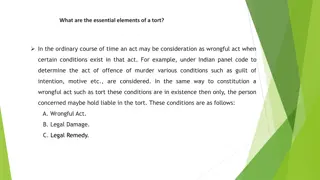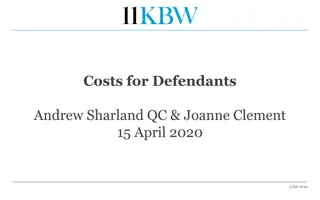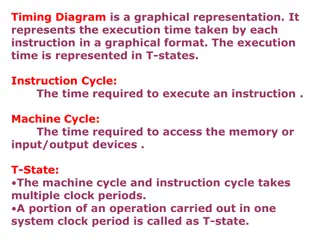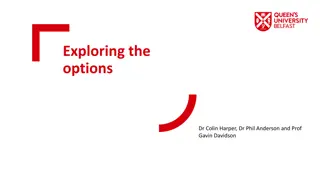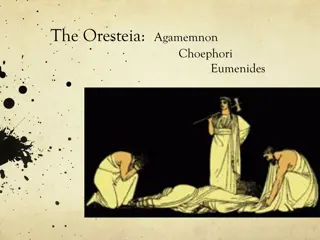Exploring the World of E-Cycles: Innovation, History, and Legal Aspects
Delve into the realm of E-Cycles through an informative journey covering the North East Electric Conclave, advancements in e-mobility, and the legal framework for E-Cycles in India. Uncover the fascinating history of E-Cycles, from their inception in the 1890s to their modern-day classifications and applications. Learn about the evolving trends in electric transportation and the unique features that differentiate E-Cycles from traditional motor vehicles.
Download Presentation

Please find below an Image/Link to download the presentation.
The content on the website is provided AS IS for your information and personal use only. It may not be sold, licensed, or shared on other websites without obtaining consent from the author. Download presentation by click this link. If you encounter any issues during the download, it is possible that the publisher has removed the file from their server.
E N D
Presentation Transcript
Kindly spare a thought for this humble two wheeler too
History The first E-Cycle was invented in the 1890s in US In India the first E-Cycles appeared in 1993
Legal Definition of E-Cycles in India One or more electric motor with power of less then 250W Maximum speed of 25 KMs per hour Electric Vehicles, which comply with the above requirements are not categorized as motor vehicles. Hence the transport rules are not applicable for them (Insurance, taxes, helmet, driving license, pollution certificate, etc)
Classification of E-Cycles E-cycles with pedal-assist only also called pedelecs E-cycles with power-on-demand only: E-cycles with power-on-demand and pedal-assist





